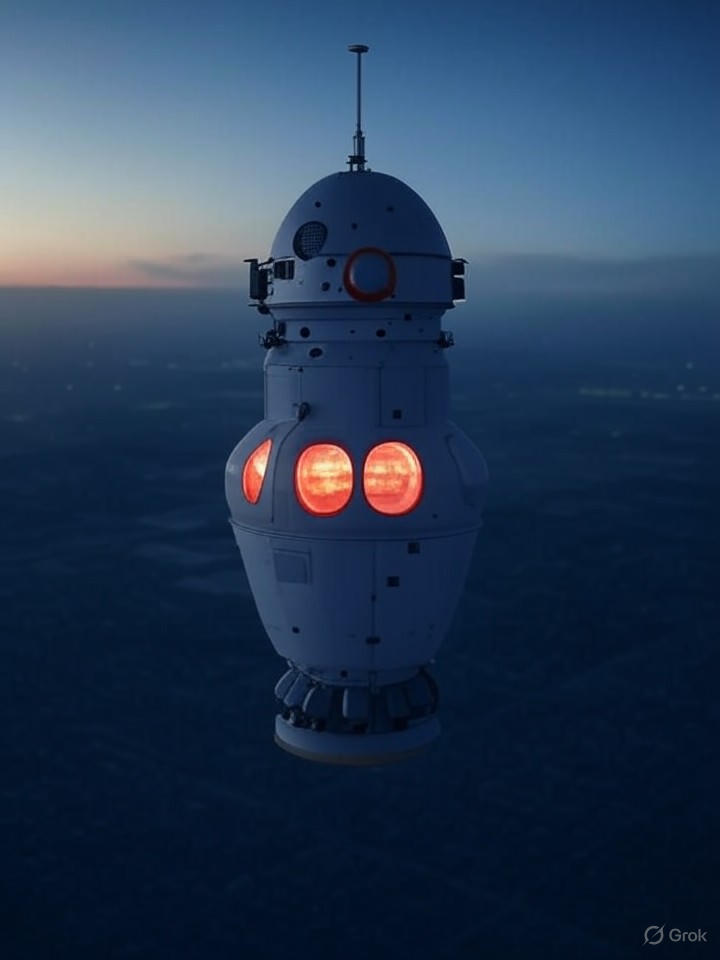Tesla has announced significant achievements in its third quarter of 2025, reporting record vehicle deliveries and revenue. The company delivered a total of 497,099 vehicles globally, contributing to a revenue of $28.1 billion, marking a 12 percent increase compared to the same quarter in 2024. Despite these milestones, Tesla’s net income fell sharply, declining by 37 percent year-over-year.
The drop in profits stems from several factors, primarily lower prices for electric vehicles (EVs) and an increase in expenditures related to artificial intelligence and research and development projects. During the earnings call, Tesla’s Chief Financial Officer, Vaibhav Taneja, revealed that tariffs on imported car parts and raw materials cost the company over $400 million in the third quarter alone. Taneja also indicated that spending on research and development is expected to continue rising.
Future of Autonomous Driving and AI Development
In the earnings call, Tesla CEO Elon Musk discussed the company’s plans for deploying its first driverless robotaxis by the end of 2025, beginning in specific areas of Austin, Texas. This follows the launch of Tesla’s robotaxi rides in Austin in June, which has encountered several operational challenges, including incidents where vehicles malfunctioned. Musk emphasized that Tesla is exercising caution regarding the deployment of these vehicles but remains optimistic about expanding operations to eight to ten additional states by the end of this year.
Musk also announced that Tesla’s proprietary AI5 artificial intelligence chip will be produced by both Samsung in Texas and TSMC in Arizona. The company aims to manufacture more chips than necessary for its electric vehicles and upcoming Optimus robots to utilize the surplus in its data centers. While Tesla plans to continue using NVIDIA chips, Musk clarified that the future strategy will involve a combination of both AI5 and NVIDIA technologies.
As Tesla navigates these challenges, its ability to balance record revenue with declining profits will be closely monitored by investors and industry analysts alike. The company’s focus on innovation in autonomous driving and AI development remains a core part of its strategy moving forward.






